1 What is deep learning?
Artificial intelligence has surged into mainstream attention, but separating durable progress from hype requires clear definitions. AI broadly aims to automate intellectual tasks; early systems relied on symbolic, hand-crafted rules that proved brittle beyond narrow domains. Machine learning reframed the problem as learning rules from data using feedback, and deep learning advanced this further by automatically discovering layered, increasingly abstract representations that make complex tasks tractable.
Deep learning centers on neural networks: stacks of layers parameterized by weights that are tuned to minimize a loss via backpropagation and iterative optimization. This end-to-end training learns useful representations directly from examples, replacing much of the manual feature engineering of earlier approaches. Its impact stems from simplicity (single pipelines over bespoke feature stacks), scalability (parallel training on modern hardware and vast datasets), and versatility (models that can be adapted and reused). The recent wave of generative AI is powered by large “foundation models” trained with self-supervised learning, enabling broad capabilities—from dialogue to image generation—often accessible via prompting rather than task-specific programming.
Results have been transformative across perception, language, code assistance, recommendation, autonomous driving, and even superhuman game play, with growing real-world deployments in science, medicine, and industry. Yet the chapter counsels skepticism toward short-term hype—especially near-term AGI claims and sweeping economic predictions—and frames today’s systems as powerful cognitive automation rather than general intelligence. History shows cycles of optimism and retrenchment; while a severe “AI winter” is unlikely given proven value, a correction from inflated expectations is plausible. Sustained progress will hinge on realistic goals, measured evaluation, and continued investment grounded in demonstrated utility.
Artificial intelligence, machine learning, and deep learning
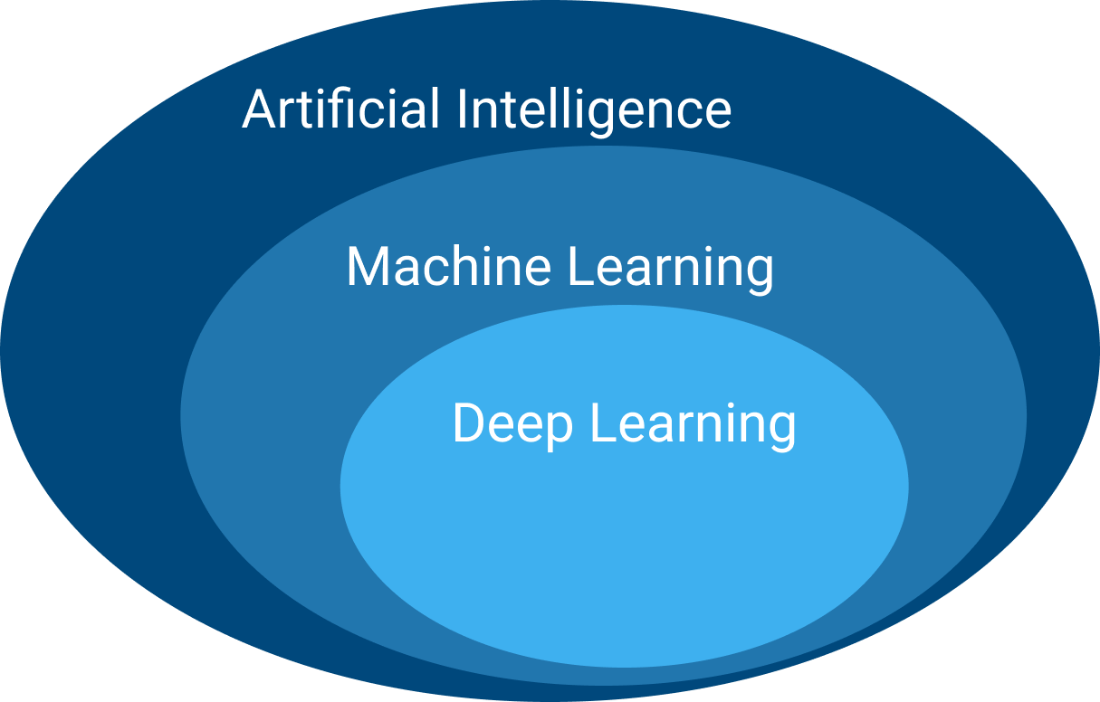
Machine learning: a new programming paradigm
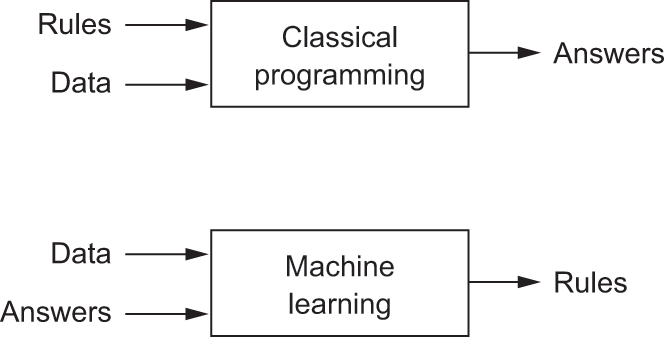
Some sample data
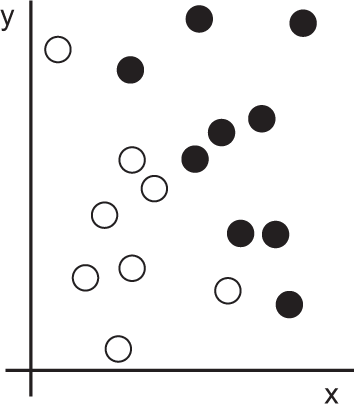
Coordinate change

A deep neural network for digit classification
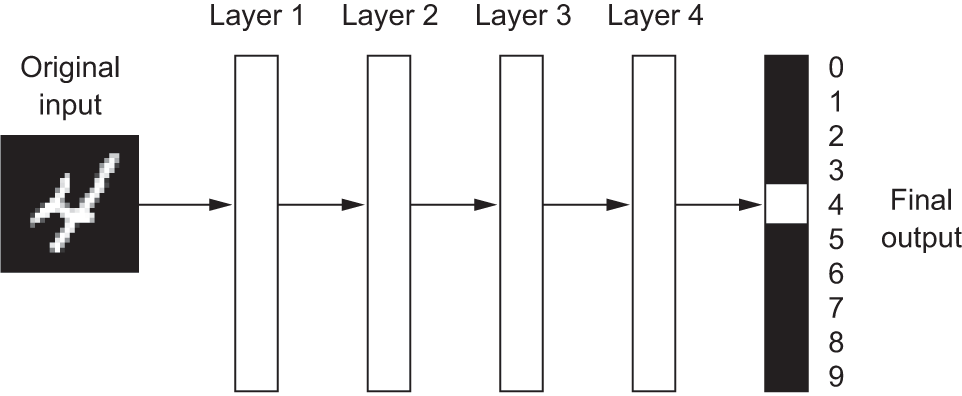
Deep representations learned by a digit-classification model
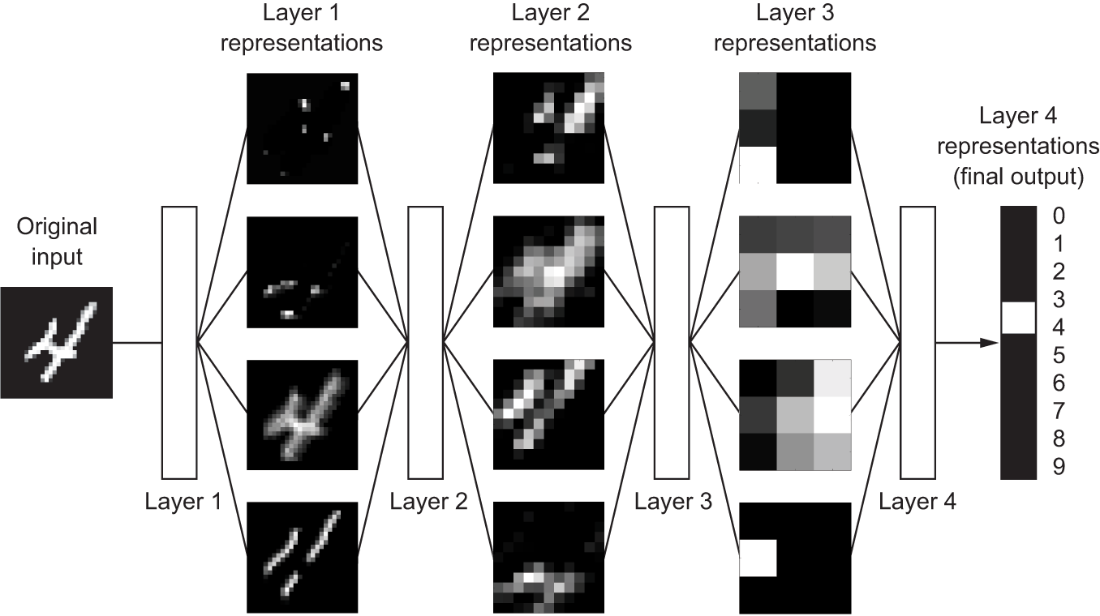
A neural network is parameterized by its weights.
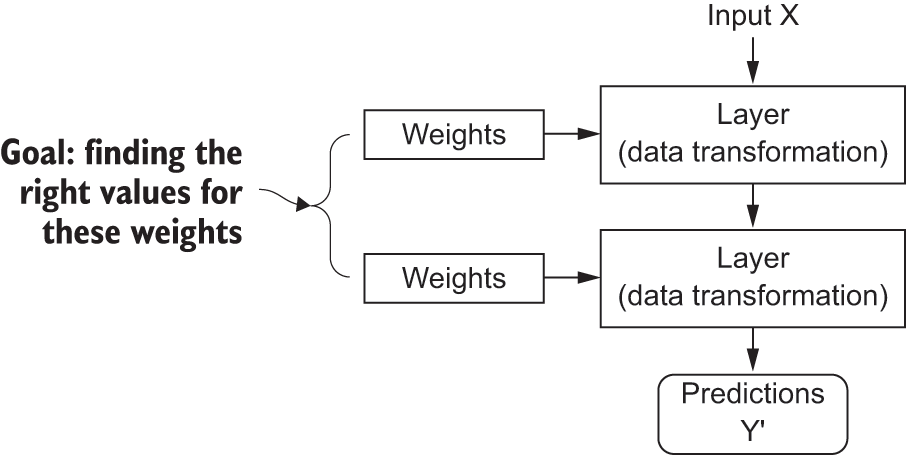
A loss function measures the quality of the network’s output.
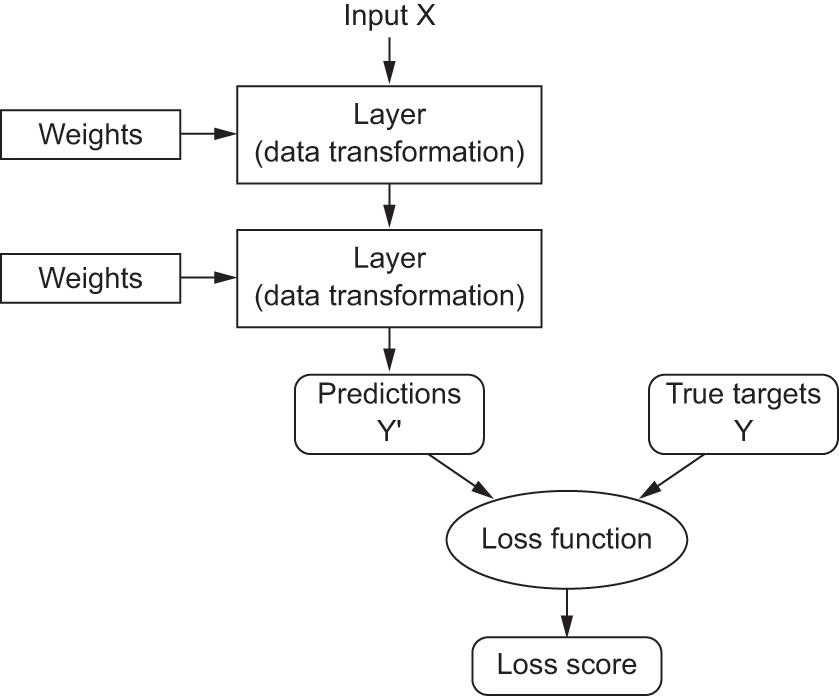
The loss score is used as a feedback signal to adjust the weights.
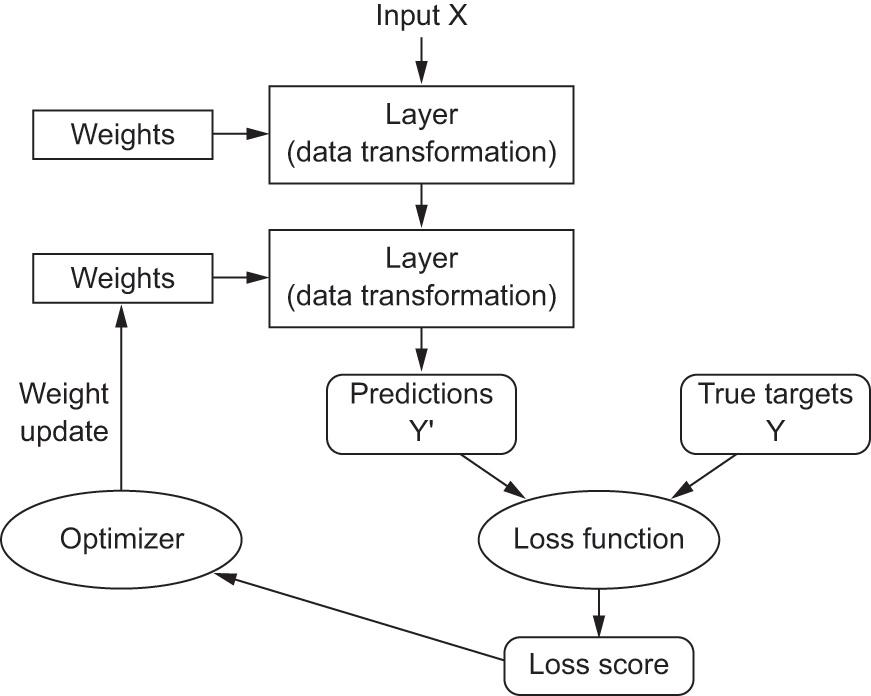
The promise of AI
Although we may have unrealistic short-term expectations for AI, the long-term picture is looking bright. We’re only getting started in applying deep learning to many important problems for which it could prove transformative, from medical diagnoses to digital assistants.
In 2017, in this very book, I wrote:
Right now, it may seem hard to believe that AI could have a large impact on our world, because it isn’t yet widely deployed – much as, back in 1995, it would have been difficult to believe in the future impact of the internet. Back then, most people didn’t see how the internet was relevant to them and how it was going to change their lives. The same is true for deep learning and AI today. But make no mistake: AI is coming. In a not-so-distant future, AI will be your assistant, even your friend; it will answer your questions, help educate your kids, and watch over your health. It will deliver your groceries to your door and drive you from point A to point B. It will be your interface to an increasingly complex and information-intensive world. And, even more important, AI will help humanity as a whole move forward, by assisting human scientists in new breakthrough discoveries across all scientific fields, from genomics to mathematics.
Fast-forward to 2025, most of these things have either come true or are on the verge of coming true – and this is just the beginning.
- Tens of millions of people are using AI chatbots like ChatGPT, Gemini, or Claude as assistants on a daily basis. In fact, question-answering and “educating your kids” (homework assistance) have turned out to be the top applications of these chatbots! For many people, AI is already the go-to interface to the world’s information.
- Hundreds of thousands of people interact with AI “friends” in applications such as Character.ai
- Fully autonomous driving is already deployed at scale in cities like Phoenix, San Francisco, Los Angeles, and Austin.
- AI is making major strides towards helping accelerate science. The AlphaFold model from DeepMind is helping biologists predict protein structures with unprecedented accuracy. Renowned mathematician Terence Tao believes that by around 2026, AI could become a reliable co-author in mathematical research and other fields when used appropriately.
The AI revolution, once a distant vision, is now rapidly unfolding before our eyes. On the way, we may face a few setbacks – in much the same way the internet industry was overhyped in 1998–1999 and suffered from a crash that dried up investment throughout the early 2000s. But we’ll get there eventually. AI will end up being applied to nearly every process that makes up our society and our daily lives, much like the internet is today.
Don’t believe the short-term hype, but do believe in the long-term vision. It may take a while for AI to be deployed to its true potential – a potential the full extent of which no one has yet dared to dream – but AI is coming, and it will transform our world in a fantastic way.
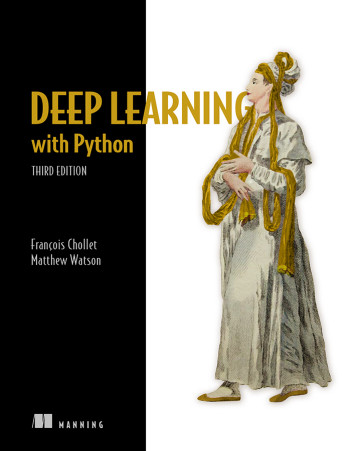 Deep Learning with Python, Third Edition ebook for free
Deep Learning with Python, Third Edition ebook for free